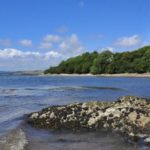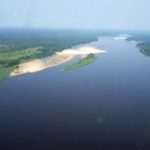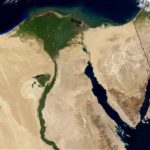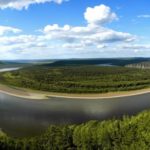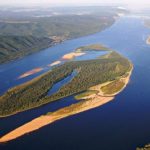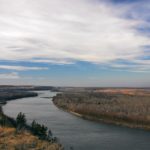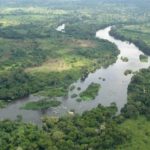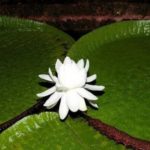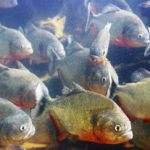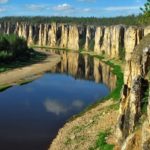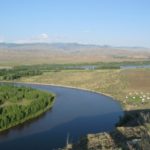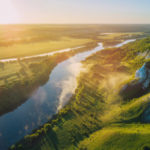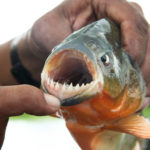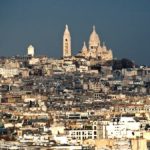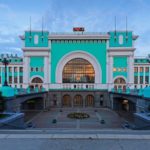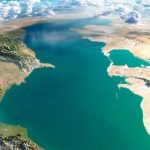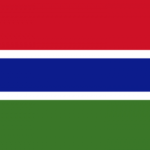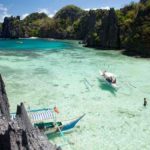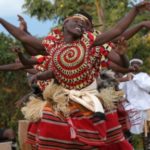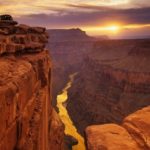Facts about the Amazon River
 The majestic Amazon River slowly rolls its waters, showing a vivid illustration of the powerlessness of human civilization in the face of nature. Numerous tribes that once lived on its banks revered this river as a deity, rightly believing that their very existence depended on it. And in pictures from space, the Amazon looks incredible at all, striking the imagination with its scale.
The majestic Amazon River slowly rolls its waters, showing a vivid illustration of the powerlessness of human civilization in the face of nature. Numerous tribes that once lived on its banks revered this river as a deity, rightly believing that their very existence depended on it. And in pictures from space, the Amazon looks incredible at all, striking the imagination with its scale.
This river is the largest in the world, but its title is contested by the African Nile. Some scientists argue that it is longer than the Amazon.
Every 24 hours it brings about 19 cubic kilometers of water into the ocean. For comparison, this volume of water would be enough to provide for the needs of New York for 12 years ahead.
In 2011, the Amazon was officially recognized as one of the seven natural wonders of the world.
It is also the deepest river in the world, beating even the Congo in this category.
The Amazon Basin spans five countries.
The first European to visit this river was the Spanish conquistador Francisco de Orellana. He named her after women warriors from ancient legends.
In the jungles surrounding the Amazon, new species of plants and insects are regularly discovered to this day. They are still not fully investigated.
On the banks of the great river grows more than 800 different types of palm trees.
Only a single bridge located in Brazil (see the facts about Brazil) is thrown across the Amazon.
At considerable depths (about 4 km), under the Amazon, Hamza, the world’s largest underground river, flows.
Amazon originates from a small spring on Mount Kayuicha that Peru.
This river has countless tributaries, with twenty of them themselves exceeding one and a half thousand kilometers in length.
A resident of Slovenia, Martin Strel swim across the entire Amazon, for more than two months, overcoming 80 kilometers daily.
During the full moon a powerful wave arises on the river, moving in the opposite direction, from the ocean to the source. Some desperate surfers managed to stay on the crest of this wave for more than ten kilometers.
The forests surrounding the Amazon produce about 1/5 of the total oxygen on Earth.
There are also about 2,500,000 insect species in them. Yes, that’s right – two and a half million.
In the Amazonian jungle, primitive tribes still live, never in contact with civilization.
This river brings so much fresh water into the ocean that it desalinates at a distance of 150-160 kilometers from the coast.
Sometime in the distant past, the Amazon fell into the Pacific Ocean, and not into the Atlantic.
The area of its basin is approximately equal to the area of Australia.
There is more water in the Amazon than in the next 8 major rivers combined.
In the local forests grows about 3000 different types of fruit.
More than half of all known species of animals are found on the shores of the Amazon.
The total length of this river, together with its tributaries, is more than 25 thousand kilometers.
Amazon is over 9 million years old.
